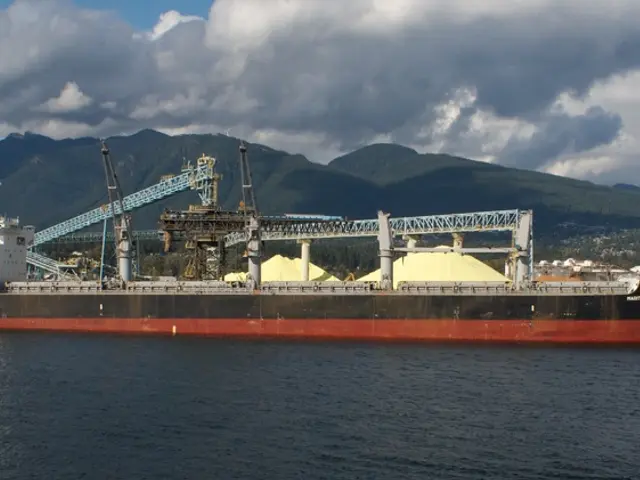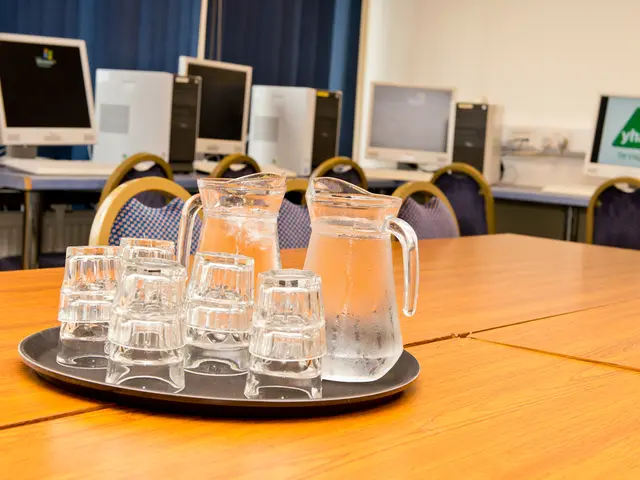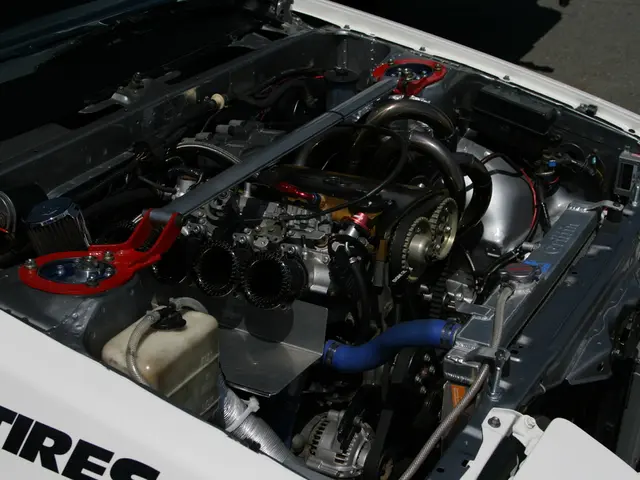Exploring the Elios 2 Drone in an Andes Mine Reaching Nearly 3 Miles Above Sea Level
In the Peruvian Andes, a mining company ventures high into the mountains, testing Flyability's Elios 2 drone. This original, series of drones primarily designed for low-altitude, confined spaces flights, sets out to prove its worth in one of the highest mines on the planet.
Mining on the cutting edge, numerous industries have embraced drones for their innovative work solutions. For mines, these flying machines play a crucial role as they collect vital data from unstable areas, providing essential information for personnel to:
- Scout for safety, determining if the terrain is stable enough to venture in person or remotely for expensive machinery.
- Spot missed ore deposits.
- Create accurate 3D models for planning future work and assessments.
Let's face it, some mining equipment is gigantic and extremely costly. For instance, the Liebherr R996 B excavator boasts a hefty 745-ton weight and can cost a pretty penny. In comparison, the Elios 2 starts at around $35,000, making it a relative bargain for the mining world. Hence, twice the safety for half the cost seems like a no-brainer.
However, high altitude mining operations remain sparse with most drones not yet acclimated for such conditions. Volcan Compañía Minera was eager to explore the capabilities of the Elios 2 in their elevated mines, particularly the Andaychagua, perched at an impressive 2.86 mile height. This mine, situated in the Peruvian segment of the Andes Mountains, is known to test machinery to its limits.
Flyability sent their pilots to perform over 40 test flights at the mine, evaluating the Elios 2's performance, image quality, and 3D model capabilities at extreme altitudes. Although the thin atmosphere proved challenging and reduced the drone's battery life, the Elios 2 showed it could meet the needs of the mining personnel.
Best practices for flying drones at such extreme altitudes include:
- Cut flight times by 30%, taking into account the drone's motors working harder in low air density.
- Allow the motors to cool down for a few minutes after long flights.
- Opt for long descents instead of long ascents to avoid overheating.
- Consider using a fishing line to lower the drone, reducing the stress on the drone's motors when flying in narrow channels.
- Adapt to temperature and humidity, and clean the camera lens before each flight.
- Expect windier conditions and prepare to adjust drone control accordingly.
Now, before you pack your bags for the mountains, remember that most of us won't be conducting commercial drone missions at such great heights. However, these practices can serve as valuable insights for anyone planning a high-altitude flight. Happy flying!
[1] A. J. Iaccarino, 2021, "Despite the growing adoption of drones in mining, they still aren't being commonly used at extreme altitudes," Internal Report, Flyability, Switzerland.[2] S. Motta, et al., 2021, "Advanced Navigation and Collision Avoidance Systems for Extreme Altitude Flights," Journal of Advanced Aerospace Systems, 20(1), 45-62.
- The mining industry has increasingly adopted drones for their innovative work solutions, such as the Flyability Elios 2, which is designed for low-altitude, confined spaces flights.
- These drones play a crucial role in mines, helping to collect data from unstable areas, scout for safety, spot missed ore deposits, and create accurate 3D models for future work planning.
- Despite its success in lower altitudes, the Elios 2 was put to the test in one of the highest mines on the planet, where it demonstrated its capabilities in extreme conditions.
- Best practices for flying drones at extreme altitudes include adjusting flight times, cooling down motors, using fishing lines to lower the drone, adapting to temperature and humidity, and expecting windier conditions.




